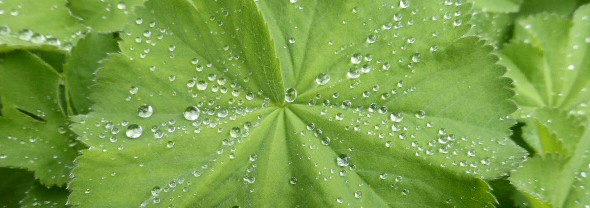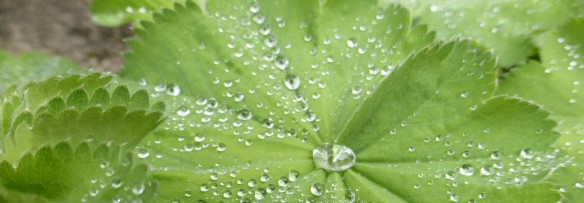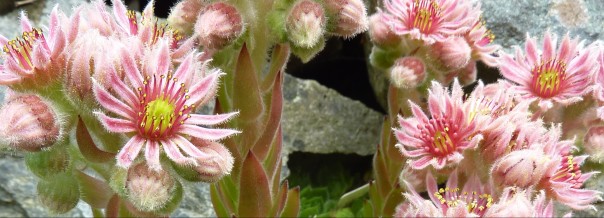 I still get period pain – some months it’s awful, some months not so. It might sound strange but I don’t dislike cramps any more – I’ve learned how to ride them. Whatever pain comes I try to sit with it and observe my relationship to it, see what it brings out in me.
I still get period pain – some months it’s awful, some months not so. It might sound strange but I don’t dislike cramps any more – I’ve learned how to ride them. Whatever pain comes I try to sit with it and observe my relationship to it, see what it brings out in me.
But what if I’m floored by the pain? Those times where lying down in a crumpled heap is the only option, wherever that may be… those horrific feint nausea months. Naturally I‘m always on the look out for things that might help me lessen that kind of pain. Things like baths, homoeopathic remedies, hot water bottles etc have become my self-care staples. Or things like doing less, moving slower (if my day allows) and resting… Those things all feel good and give me a lovely monthly ‘event’ to look forward, a series of treats, a psychological ‘lift’ when my moon-time comes. There is something I have been experimenting with that I would like to share with you.
Take this month’s Day 1, and the pain woke me up at 6am. I knew it was going to be ‘one of those’ months. But I did something different when I finally got out of bed – I listened to my body. I ate no breakfast, lunch or dinner, just freshly squeezed juices instead, cuddled up with a hot water bottle… and my pain has lessened significantly!!
Think back. Have you ever noticed a natural tendency of wanting to eat a lot less around the first day of menstruation, or the night before? Have you also noticed that the hours after a meal on Day 1 can bring on the worst menstrual pain? I have experienced this often in my life. I’m no doctor or health practitioner, but I’m guessing that solid food adds extra pressure on the womb because the entire digestive system is busy contracting grooving and moving, trying to digest the food that’s just been eaten. And pressure and movement equals pain.
I am a firm believer in listening to my body and going with what it needs (within reason – it asks for chocolate cake most days….hah!). Some months my appetite completely disappears, and some months I can’t stop eating around menstruation.
But sometimes even if I have lost my appetite on Day 1, I might go against my intuition and eat anyway. Words of conditioning echo round my mind like ‘eat to keep your strength up’ and ‘have a good healthy appetite’, encourage me to eat even if I don’t feel like it. Often it’s the irresistible food smell from when my partner cooks that makes me hungry too…heavenly kitchen delights and snacks lying around make it so difficult when considering missing a meal! Psychologically, the idea of missing the whole ceremonial/social aspect of sharing a meal together can make it very difficult to fast at home. Anyway the times when I eat against my intuition always bring me the most menstrual pain, and time and time again when I follow it (like this month) I survive relatively unscathed!
It’s amazing how fasting keeps popping up in my life at the moment – conversations with women who have suggested it as a weekly health tonic, opening a yoga book right on the fasting page, and most recently a book borrowed from a dear friend about women’s health – with a very inspiring section about fasting. I’m a firm believer in synchronicities and this feels like an unexplored challenge for me, a chance to explore my emotional attachment to food and an opportunity to feel lighter healthier and more vital!
Now, there are gentle fasts and there are serious fasts. Hard-core fasts recommend organic juices and herbal teas only (freshly made in a juicer) and suggest drinking at least 4.5 litres of fruit juice a day, and nothing else for three days (now that’s a lot of veggies!), but that’s not the one for me right now.
This time I decided to opt not for a full system cleanse, but for a way to keep the volume down in my digestive system and cut my period pain. To do this I decided on a mixture of juices herbal teas, thin vegetable soups, the very odd piece of fruit and handful of nuts only. No bread, rice pasta potatoes and nothing bulky. I started the whole thing very naturally and organically with no particular planning when I was feeling at my most bloated and uncomfortable (the late pre-menstruum) and now it is my day 3 and I feel amazing.
So the juices I have tried are:
Apple carrot beetroot ginger lemon
Apple carrot cucumber ginger lemon
Apple carrot celery ginger lemon
And the soups, both of which are in season at the moment and are utterly delicious:
Kale and herb
Fresh tomato
The amazing thing is that I am completely on a roll now; and feel really good about carrying on as long as my body wants to. I feel lighter and brighter and have kicked the cold that was lingering around. And I am on ‘day 3’ of my period!
If this has worked for you in the past too, I would LOVE to hear from you in the comments section below. Happy juicing, and remember to listen to your body and what it tells you it’s needs are. If you don’t feel good with juices and soups, then just stop straight away and eat things that do feel good for your body instead! xx

































